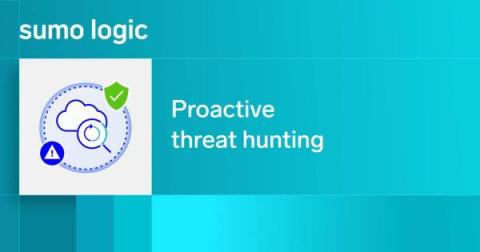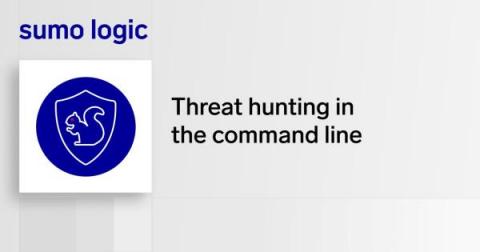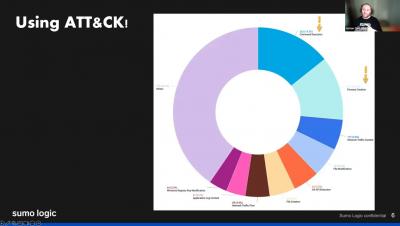Why your security analytics needs proactive threat hunting
Even the mightiest, most prestigious companies and enterprises are not exempt from the advanced threats of cyber attackers. In the ever-evolving cybersecurity threat landscape, an organization's security team like yours needs robust security measures for network security, endpoint security, threat detection, anomaly detection, data protection, security monitoring, application security and information security.











